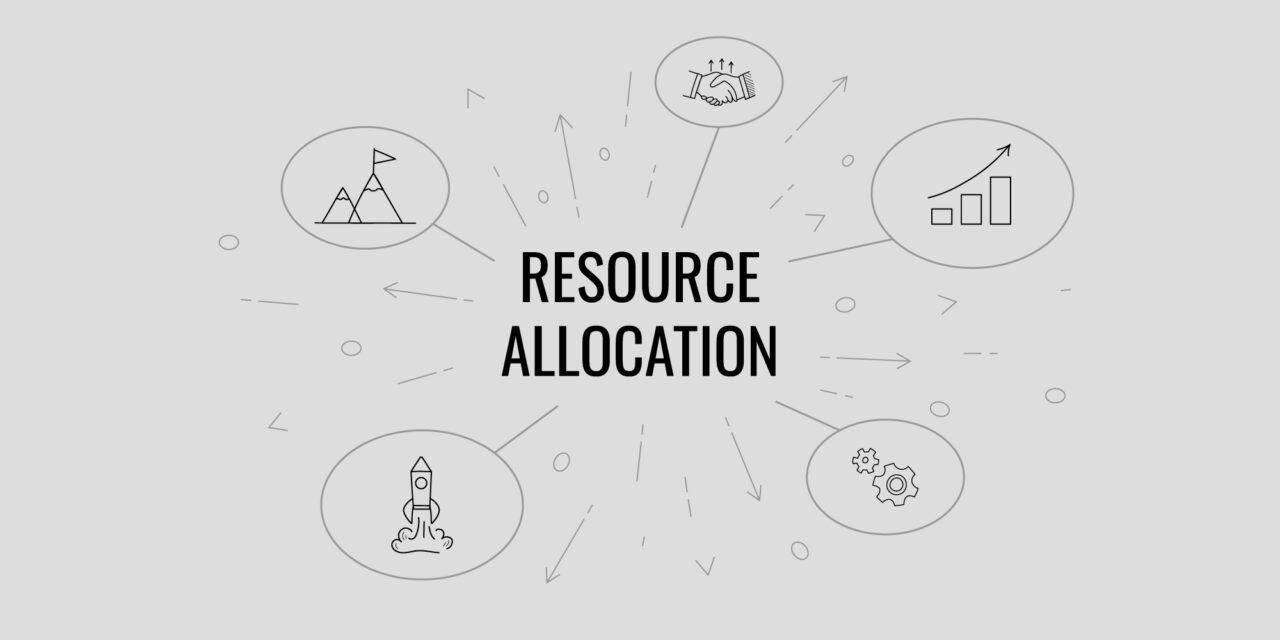Defense consulting services play a vital role in assisting governments, militaries, and defense organizations with strategic planning and resource allocation by offering expert analysis, tailored recommendations, and advanced methodologies. These services enable defense entities to optimize their operations, enhance readiness, and achieve strategic objectives efficiently. Here’s how defense consulting services contribute:
1. Strategic Assessment and Planning
A. Threat Analysis
- Role: Assess current and emerging threats to national security.
- How It Works:
- Use geopolitical analysis, intelligence, and historical data to evaluate adversary capabilities and intentions.
- Example:
- Identifying risks from hypersonic weapons or cyberattacks to develop appropriate countermeasures.
B. Policy and Doctrine Development
- Role: Formulate strategies and doctrines aligned with national defense goals.
- How It Works:
- Provide guidance on military modernization, force structuring, and operational doctrines.
- Example:
- Recommending hybrid warfare strategies to counter asymmetric threats.
C. Long-Term Planning
- Role: Create multi-year plans to align with future defense priorities.
- How It Works:
- Incorporate technology trends, budget projections, and global security scenarios.
- Example:
- Developing a 10-year roadmap for acquiring next-generation fighter jets.
2. Capability Development and Force Optimization
A. Gap Analysis
- Role: Identify deficiencies in current capabilities and recommend enhancements.
- How It Works:
- Evaluate existing forces, equipment, and infrastructure against mission requirements.
- Example:
- Highlighting the need for advanced ISR (Intelligence, Surveillance, and Reconnaissance) platforms in maritime security.
B. Modernization Plans
- Role: Guide the upgrade of military assets and systems.
- How It Works:
- Suggest phased procurement and technology integration strategies.
- Example:
- Replacing legacy air defense systems with advanced, interoperable platforms.
3. Resource Allocation and Budget Management
A. Cost-Benefit Analysis
- Role: Ensure optimal utilization of limited defense budgets.
- How It Works:
- Compare the cost-effectiveness of various procurement and deployment options.
- Example:
- Evaluating the lifecycle costs of drones versus manned aircraft for ISR missions.
B. Prioritization Frameworks
- Role: Help allocate resources to high-priority projects.
- How It Works:
- Use quantitative and qualitative tools to rank projects based on strategic impact.
- Example:
- Recommending investment in cybersecurity capabilities over traditional armament in response to emerging cyber threats.
C. Performance Metrics
- Role: Monitor and measure the effectiveness of resource deployment.
- How It Works:
- Establish Key Performance Indicators (KPIs) for operational efficiency and mission success.
- Example:
- Setting readiness benchmarks for naval fleets.
4. Risk Management and Contingency Planning
A. Scenario Planning
- Role: Prepare for various conflict and crisis scenarios.
- How It Works:
- Simulate geopolitical crises, cyberattacks, or natural disasters to identify vulnerabilities.
- Example:
- War-gaming potential outcomes of territorial disputes to inform decision-making.
B. Resource Flexibility
- Role: Develop plans for rapid resource reallocation during emergencies.
- How It Works:
- Create contingency budgets and logistics plans for unexpected demands.
- Example:
- Ensuring rapid deployment of medical supplies during pandemics.
5. Technology Integration and Innovation
A. Emerging Technology Advisory
- Role: Recommend integration of advanced technologies like AI, quantum computing, and autonomous systems.
- How It Works:
- Assess feasibility, risks, and strategic value of adopting new technologies.
- Example:
- Evaluating the use of AI for predictive maintenance in defense logistics.
B. R&D Investment Guidance
- Role: Identify areas for research and development investment.
- How It Works:
- Suggest collaborations with private companies or academic institutions for innovation.
- Example:
- Advising on R&D for hypersonic missile defense systems.
6. Interoperability and Joint Operations
A. Multinational Collaboration
- Role: Support joint operations and alliances like NATO.
- How It Works:
- Develop frameworks for interoperable systems and shared logistics.
- Example:
- Advising on standardized communication protocols for coalition forces.
B. Integration of Domains
- Role: Enhance multi-domain operations (MDO) across land, sea, air, space, and cyber.
- How It Works:
- Recommend strategies to synchronize forces and resources across domains.
- Example:
- Suggesting integrated ISR solutions for combined air and naval operations.
7. Logistics and Supply Chain Optimization
A. Supply Chain Resilience
- Role: Strengthen supply chains to prevent disruptions in critical operations.
- How It Works:
- Identify vulnerabilities in logistics networks and suggest diversification strategies.
- Example:
- Recommending local production facilities for ammunition to reduce dependency on foreign suppliers.
B. Predictive Maintenance
- Role: Reduce downtime and extend asset lifespans through proactive measures.
- How It Works:
- Leverage IoT and AI to monitor equipment health and schedule repairs.
- Example:
- Implementing predictive analytics for naval vessel maintenance.
8. Cybersecurity and Information Assurance
A. Cyber Risk Assessment
- Role: Identify vulnerabilities in defense networks and systems.
- How It Works:
- Conduct penetration testing and threat analysis.
- Example:
- Identifying risks in satellite communication systems used for defense.
B. Cybersecurity Strategy Development
- Role: Formulate policies and protocols to protect critical infrastructure.
- How It Works:
- Recommend multi-layered defenses, such as firewalls, encryption, and intrusion detection systems.
- Example:
- Advising on the adoption of zero-trust architecture for military networks.
9. Training and Workforce Development
A. Skills Gap Analysis
- Role: Identify training needs for personnel to handle advanced systems and technologies.
- How It Works:
- Conduct workforce assessments and recommend tailored training programs.
- Example:
- Developing cybersecurity training modules for military IT personnel.
B. Leadership Development
- Role: Equip leaders with strategic decision-making skills.
- How It Works:
- Organize workshops, simulations, and strategic planning exercises.
- Example:
- Leadership development programs for joint operations command teams.
10. Policy and Regulatory Compliance
A. Policy Alignment
- Role: Ensure defense strategies align with national and international laws.
- How It Works:
- Provide guidance on arms control treaties, export regulations, and defense policies.
- Example:
- Advising on compliance with International Traffic in Arms Regulations (ITAR).
B. Ethical Considerations
- Role: Address ethical concerns in defense operations and technology use.
- How It Works:
- Provide frameworks for ethical AI deployment and autonomous weapons usage.
- Example:
- Developing ethical guidelines for drone warfare.
Defense consulting services provide critical expertise and strategic insight that enable military organizations to optimize planning, resource allocation, and operational readiness. By leveraging advanced analytics, innovative solutions, and global best practices, these services ensure that defense strategies are efficient, effective, and adaptable to evolving security challenges.













